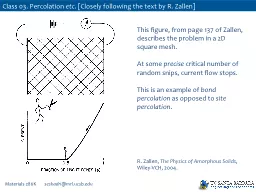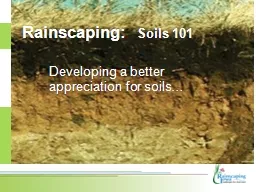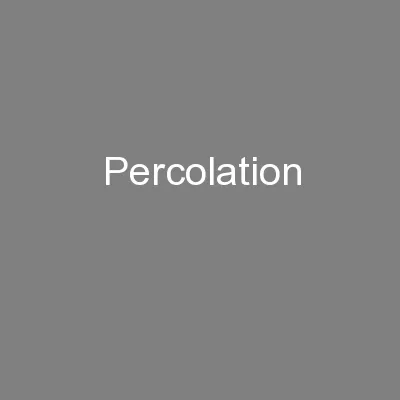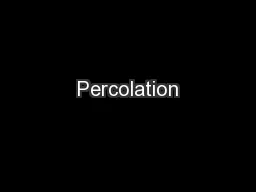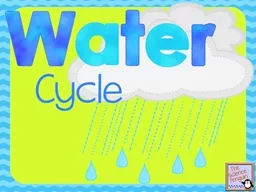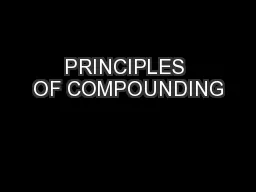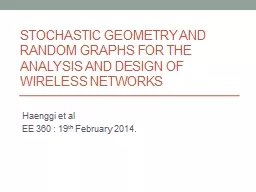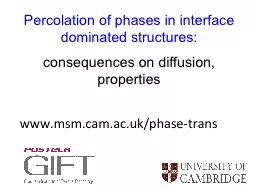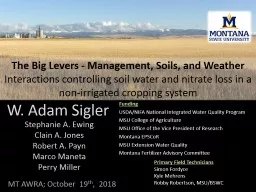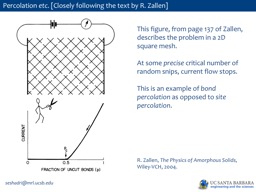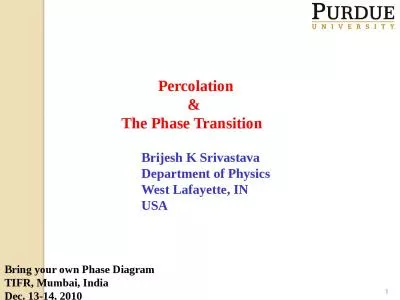PPT-Class 03. Percolation
Author : tatyana-admore | Published Date : 2015-10-17
etc Closely following the text by R Zallen R Zallen The Physics of Amorphous Solids WileyVCH 2004 This figure from page 137 of Zallen describes the problem
Presentation Embed Code
Download Presentation
Download Presentation The PPT/PDF document "Class 03. Percolation" is the property of its rightful owner. Permission is granted to download and print the materials on this website for personal, non-commercial use only, and to display it on your personal computer provided you do not modify the materials and that you retain all copyright notices contained in the materials. By downloading content from our website, you accept the terms of this agreement.
Class 03. Percolation: Transcript
Download Rules Of Document
"Class 03. Percolation"The content belongs to its owner. You may download and print it for personal use, without modification, and keep all copyright notices. By downloading, you agree to these terms.
Related Documents

